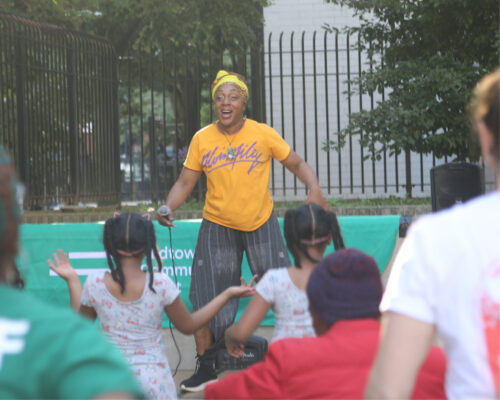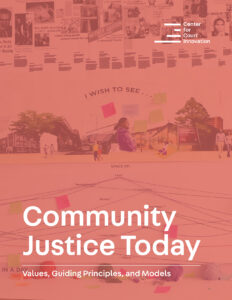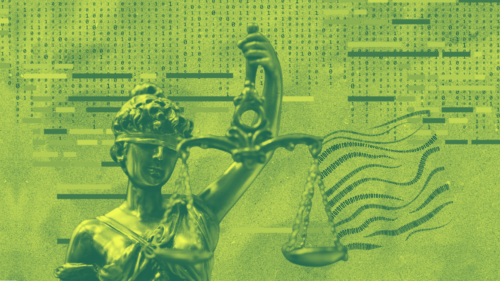The idea of community justice was developed as a pathbreaking alternative to the criminal legal system’s traditional over-reliance on incarceration and fines. First exemplified by Midtown Community Court—the first of its kind in the nation—community justice has since expanded to include a diverse range of initiatives which seek to foster collaboration between communities and legal systems, cultivate safe and equitable neighborhoods, and address the underlying needs which bring so many into contact with the justice system.
In this publication, the Center for Court Innovation presents a renewed look at the fundamental principles of community justice and proposes concrete measures for putting these principles into action. It is intended, in part, to recognize and highlight the ways in which community justice has evolved over the years, taking on new shapes and extending its reach outside of the courtroom. Throughout all of these developments, an emphasis has been placed on communities as active agents in determining what justice looks like and how it is to be achieved. Because of its flexible approach and reliance on evidence-based solutions, community justice is uniquely suited to respond to urgent issues of today, including the profound inequities of the legal system and society at large.
From Reno Community Court’s location in a public library, to Red Hook Community Justice Center’s use of restorative justice methods, the report offers a host of imaginative ways in which the principles of community justice have been implemented in the hopes that they might serve as models for future initiatives. Just as new practices in community justice prompt advocates to revisit and revise their principles, we hope that these updated principles may guide efforts to expand and refine community justice practices.
This project was supported by Grant # 2020-MU-BX-K005 awarded by the Bureau of Justice Assistance. The Bureau of Justice Assistance is a component of the Office of Justice Programs, which also includes the Bureau of Justice Statistics, the National Institute of Justice, the Office of Juvenile Justice and Delinquency Prevention, the Office for Victims of Crime, and Office of Sex Offender Sentencing, Monitoring, Apprehending, Registering, and Tracking. Points of view or opinions in this document are those of the author and do not necessarily represent the official position or policies of the U.S. Department of Justice.


